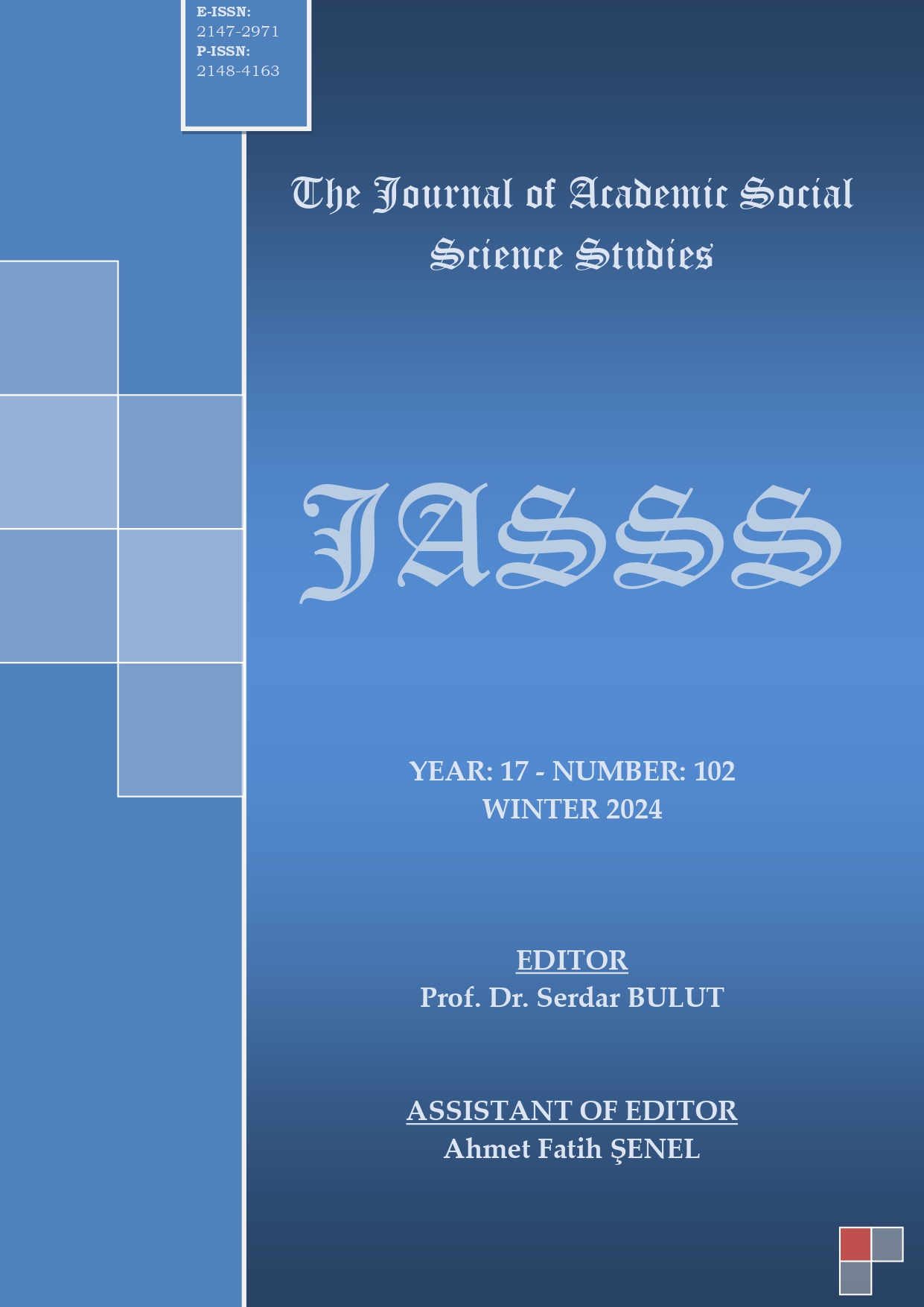Author :
Abstract
Matematik öğretiminde öğrencilerin bilişsel gelişimini desteklemek ve uluslararası standartlarla uyumlu bir değerlendirme sistemi oluşturmak, sınav sorularının yapı ve içerik bakımından analiz edilmesini önemli hale getirmektedir. Bu araştırmanın amacı, Liselere Geçiş Sistemi (LGS) matematik sorularının, Ekonomik Kalkınma ve İşbirliği Örgütü’nün (OECD) PISA temel matematik beceri düzeylerine göre dağılımını analiz etmektir. PISA temel matematik becerileri; iletişim, strateji oluşturma, matematikleştirme, temsil, sembol kullanımı ve akıl yürütme olmak üzere altı temel bileşenden oluşmakta ve bu beceriler, sırasıyla 0’dan 3’e kadar dört farklı düzeyde değerlendirilmektedir. Araştırmada, nitel araştırma yöntemlerinden doküman incelemesi deseni kullanılmıştır. Çalışma kapsamında, 2018-2024 yılları arasında uygulanan LGS matematik soruları doküman analizi yöntemiyle incelenmiş ve toplamda 140 soru analiz edilmiştir. Araştırmanın bulguları, LGS matematik sorularının PISA temel matematik beceri düzeylerinde genellikle 2. düzeyde yoğunlaştığını göstermektedir. Özellikle, 2018 ve 2019 yıllarındaki sorular, orta ve yüksek zorluk seviyeleri arasında kısmen dengeli bir dağılım sergilerken, 2020 ve 2021 yıllarında üst düzey matematiksel becerilere daha fazla ağırlık verildiği tespit edilmiştir. Bununla birlikte, 2023 ve 2024 yıllarında sınav sorularının daha dengeli bir yapıya yöneldiği ve orta düzey matematiksel becerilere odaklandığı gözlemlenmiştir. Bu sonuçlar, sınav sorularının zorluk seviyesi ve beceri dağılımında yıllara göre önemli farklılıklar olduğunu ortaya koymaktadır. Araştırma bulguları, ders kitapları ve sınav soruları arasındaki uyumun sağlanması, öğrencilerin üst düzey matematiksel becerilerini geliştirmeye yönelik çalışmalar yapılması ve sınav beceri düzeylerinin dengeli bir şekilde dağıtılmasının gerekliliğini vurgulamaktadır.
Keywords
Abstract
Supporting students' cognitive development in mathematics education and establishing an assessment system aligned with international standards make it essential to analyze the structure and content of exam questions. The purpose of this study is to analyze the distribution of mathematics questions from the High School Entrance System (LGS) exams according to the mathematical competency levels outlined by the Programme for International Student Assessment (PISA) conducted by the Organisation for Economic Co-operation and Development (OECD). PISA mathematical competencies comprise six key components: communication, devising strategies, mathematization, representation, use of symbols, and reasoning. These competencies are evaluated across four levels, ranging from Level 0 to Level 3. The study employs the document analysis design, one of the qualitative research methods. Within the scope of the study, the mathematics questions from the LGS exams administered between 2018 and 2024 were analyzed through document analysis, encompassing a total of 140 questions. The findings reveal that the LGS mathematics questions predominantly focus on Level 2 of PISA’s mathematical competency levels. Specifically, the questions from 2018 and 2019 reflect a relatively balanced distribution between medium and high difficulty levels. However, in 2020 and 2021, there was an increased emphasis on higher-level mathematical competencies. In contrast, the questions from the 2023 and 2024 exams demonstrated a shift toward a more balanced structure, focusing primarily on medium-level mathematical skills. These results indicate considerable variability in exam question difficulty levels and competency distributions over the years. The findings underscore the need to align textbooks with exam questions, support the development of students’ higher-level mathematical competencies, and ensure a balanced distribution of competency levels in exam questions.





